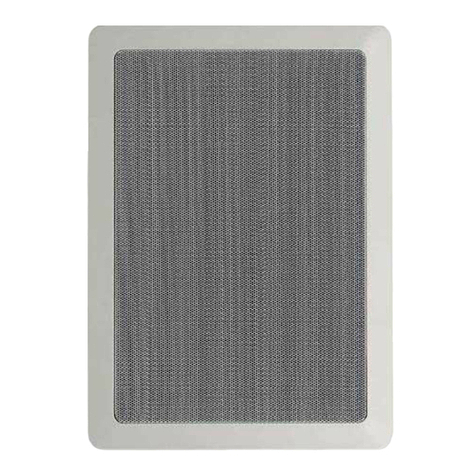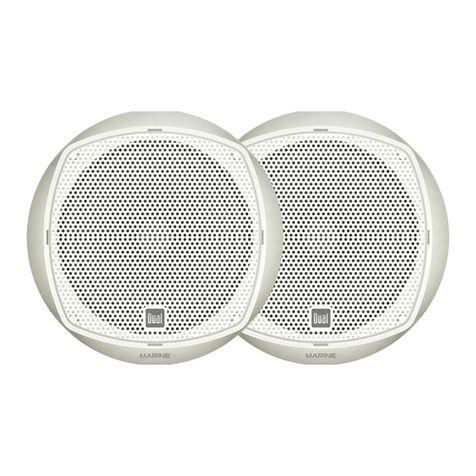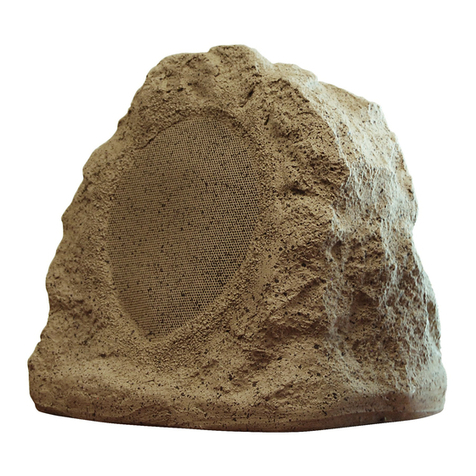Dual 622 User manual
Other Dual Speakers manuals

Dual
Dual ASP 128 User manual
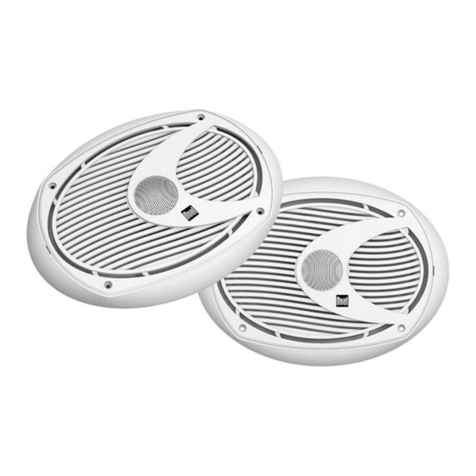
Dual
Dual DMS651 Operating instructions
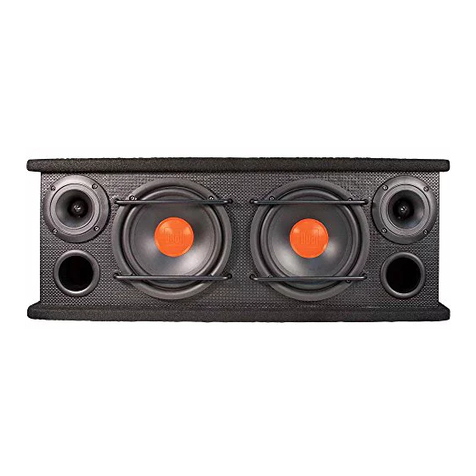
Dual
Dual SBX6502 User manual
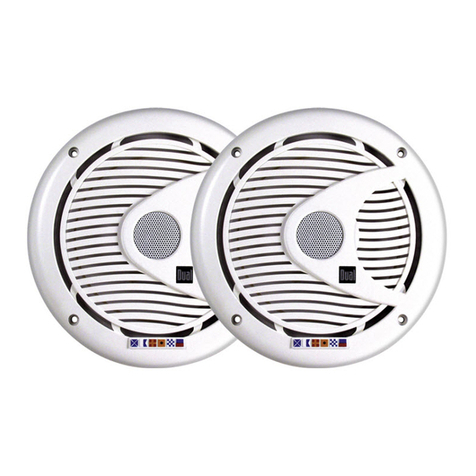
Dual
Dual DMS652 Operating instructions

Dual
Dual CS 505-1 User manual
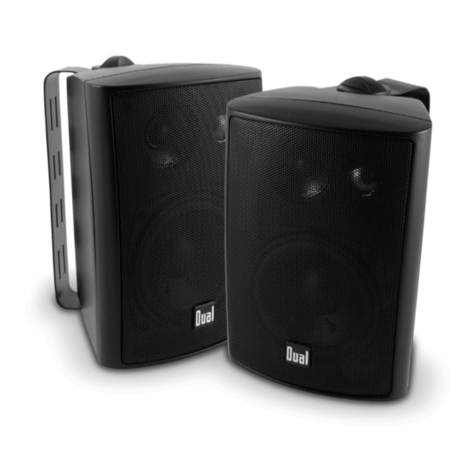
Dual
Dual LU Series Operating instructions

Dual
Dual LU43PB Operating instructions
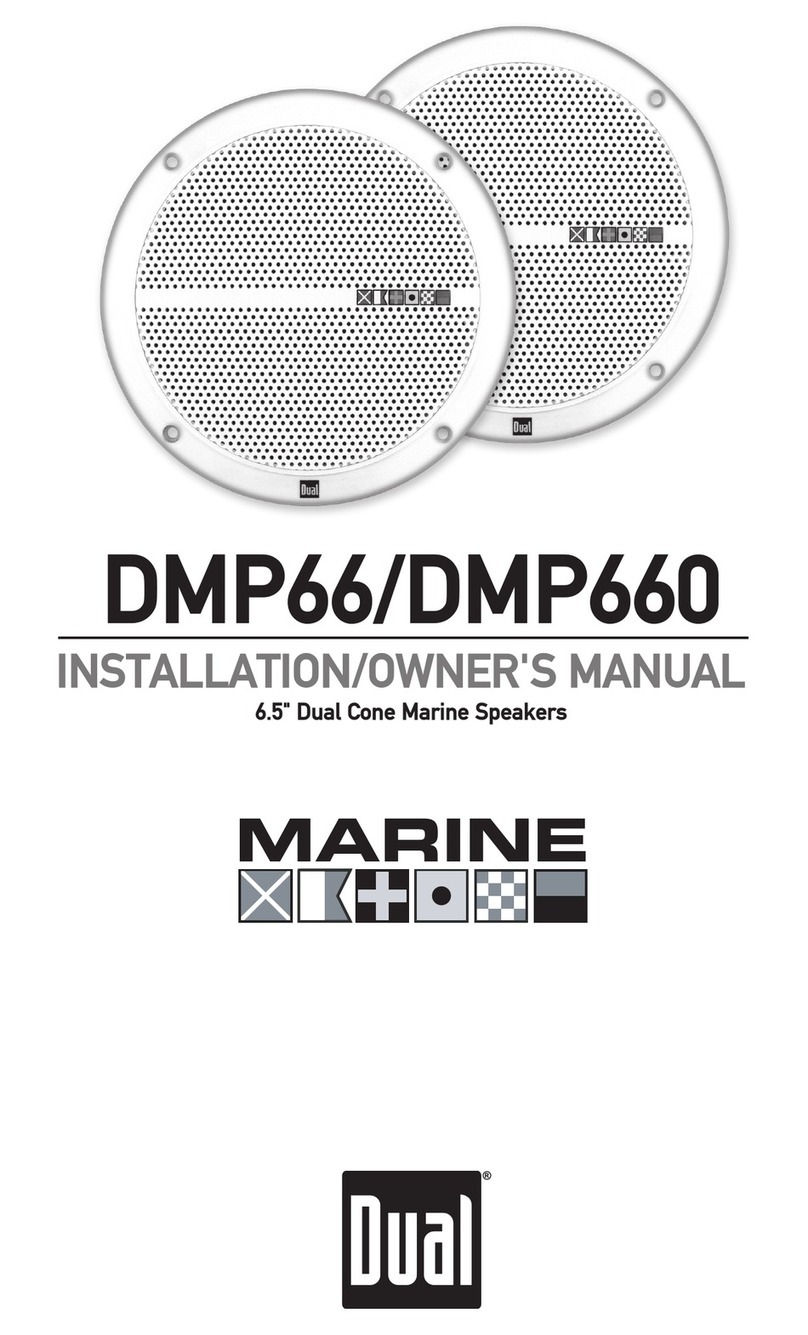
Dual
Dual MARINE DMP66 Operating instructions
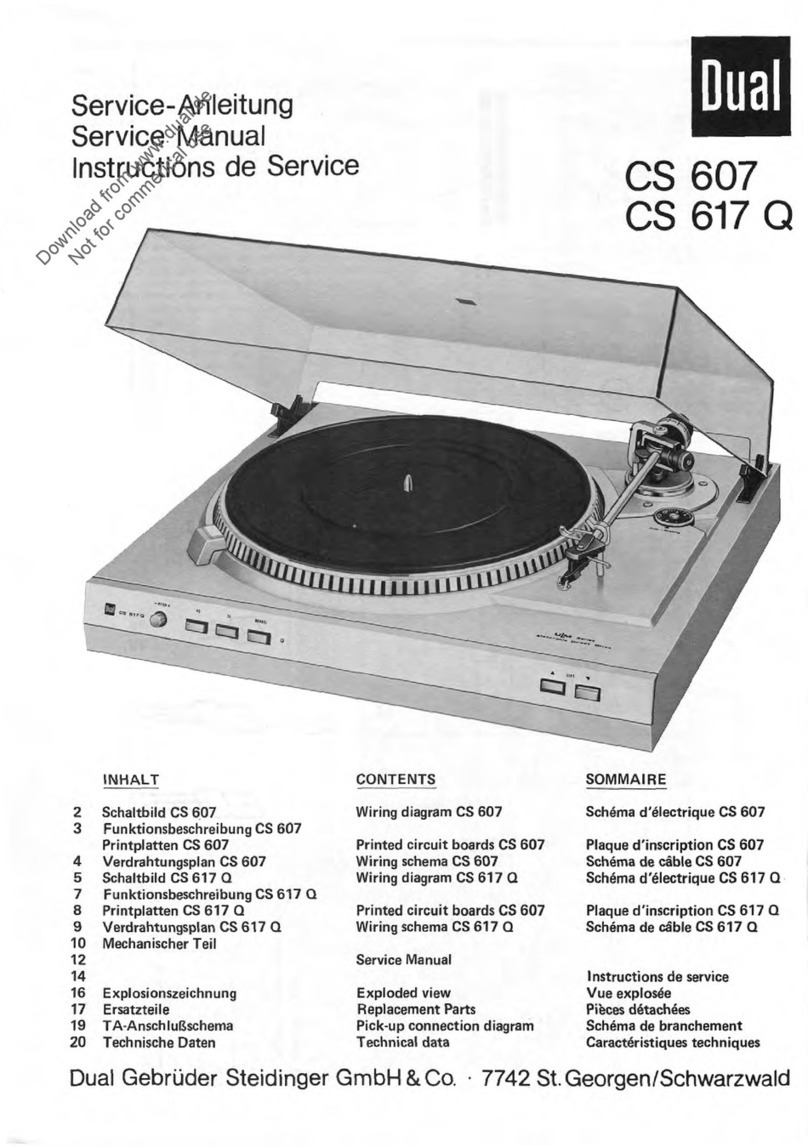
Dual
Dual CS 607 User manual

Dual
Dual DMP670 User manual

Dual
Dual DMP672 User manual
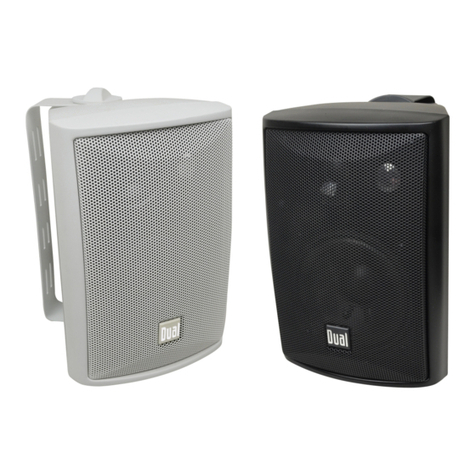
Dual
Dual LU47PB Operating instructions
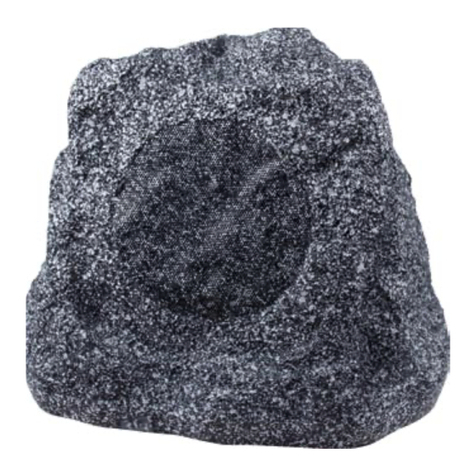
Dual
Dual LUR652E Operating instructions

Dual
Dual CST 100 User manual
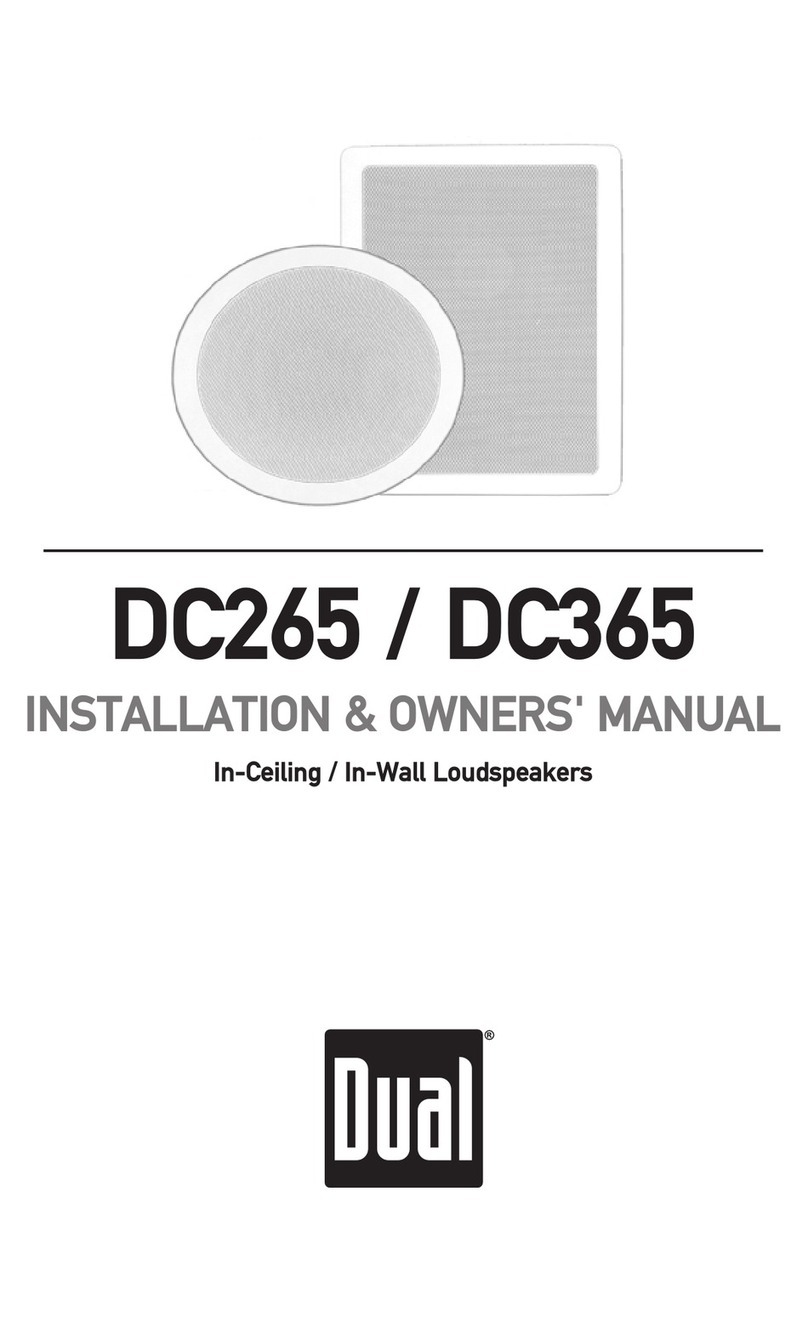
Dual
Dual DC265 Operating instructions

Dual
Dual DMP670 User manual
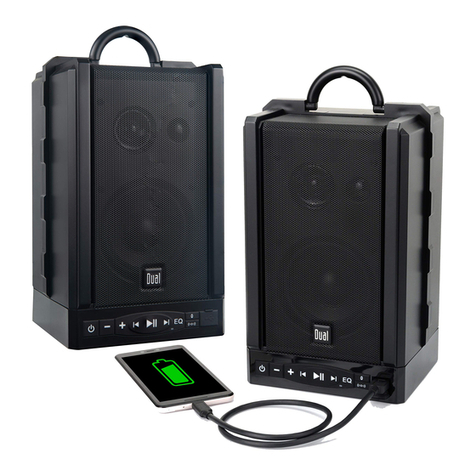
Dual
Dual LU48BTS User manual
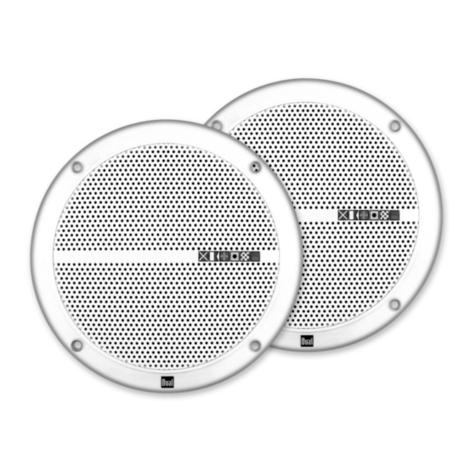
Dual
Dual DMP66 Operating instructions

Dual
Dual L83BK Operating instructions
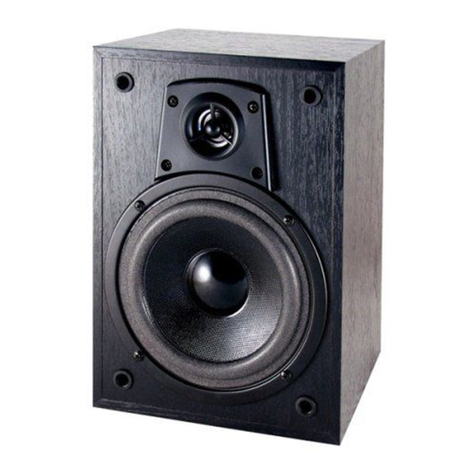
Dual
Dual LS205EB Operating instructions
